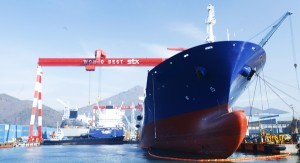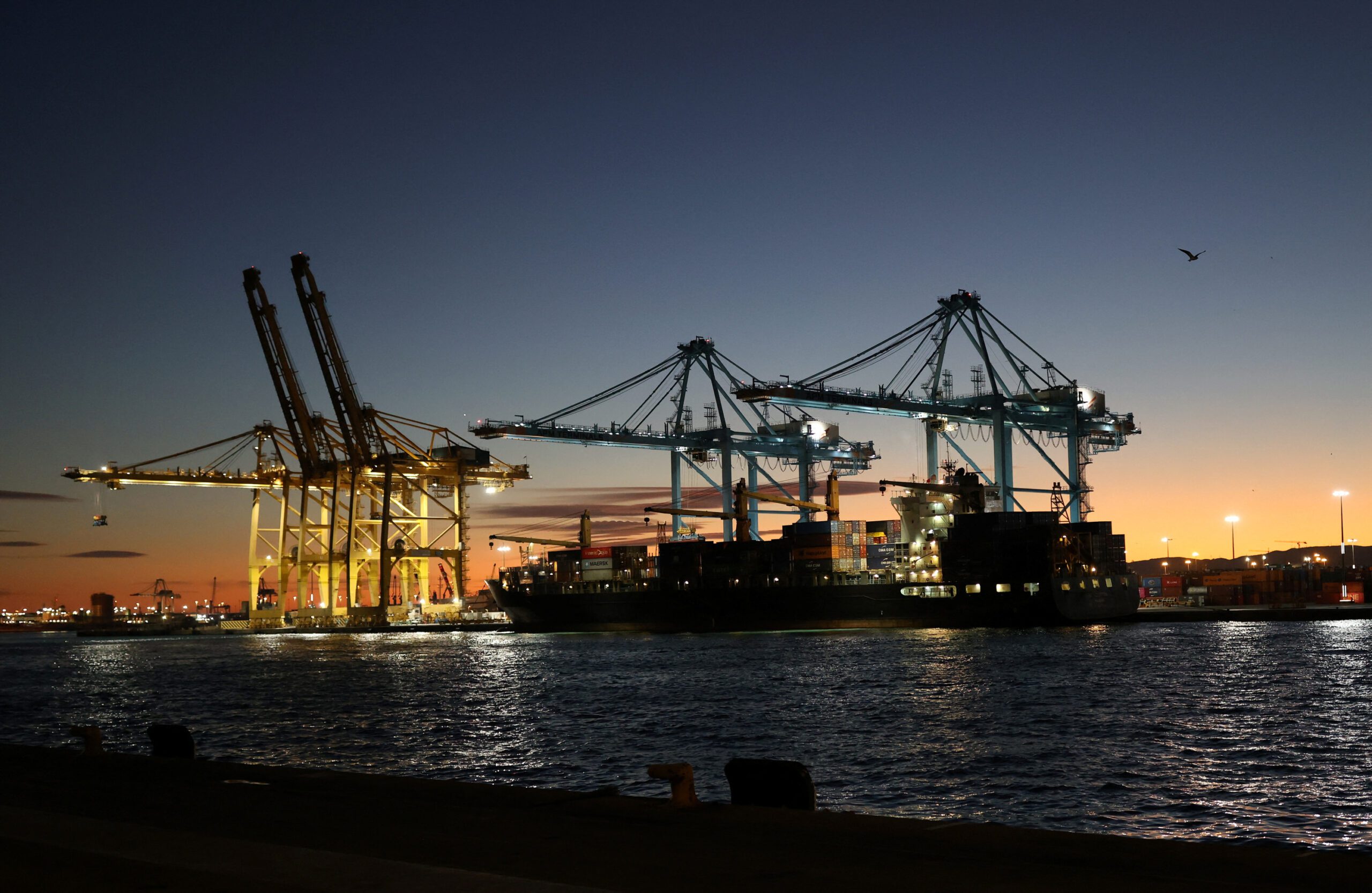 By Evan Ramstad, The Wall Street Journal Online’s Korea Real Time Report
By Evan Ramstad, The Wall Street Journal Online’s Korea Real Time Report
After orders for ships plunged in the second half of 2008 and virtually dried up in 2009, every new ship order in South Korea, “home to the world’s largest ship makers”, gets to be big news.
In one sign of how eager shipmakers are to tell investors that order flow is returning, news leaked out on Tuesday that one shipbuilder, STX Offshore & Shipbuilding, was simply in final negotiations for a 3 trillion won ($2.8 billion) order from Seaspan Corp., a Vancouver-based shipper. Shares in STX rose sharply on the news.
Gerry Wang, chief executive officer of Seaspan, confirmed the news in an interview and said it’s a great time to be shopping for ships.
“Hyundai, Samsung, Daewoo, STX, all the shipyards are talking to us. We have the requirements and we have the money,” he said. “It’s a beauty contest. It doesn’t mean the first one gets selected. We’re talking to everybody.”
During the industry’s latest peak, when orders were soaring from 2005 to 2007, ship buyers paid premiums on ships and for drydock time that assured delivery at certain date. And they had to largely accept the designs that shipbuilders foisted on them, which were optimized for the logistics of the manufacturer.
Now, everything has changed, Mr. Wang said.
“This is the dream time for us. It’s absolutely a buyers’ market,” Mr. Wang said. “That’s why we can dictate the type of ships we want. That’s why innovations can be built in. they need orders to fill up the docks. They are very, very hungry.”
Before the downturn, Mr. Wang pushed manufacturers for ships that used smaller, more fuel-efficient engines and designs. But he had to accept the designs that were optimized for the builders. Now, he says, he’s getting his way.
That’s due in part to a tactic that Seaspan and other shippers have employed during the past three years to absorb capacity â ” they’re running their ships at slower speeds. The slower speeds save enormous amounts of fuel.
To get a feel for the difference, a typical container ship running at 24 knots consumes around 195 metric tons of fuel a day. If the same ship ran at 20 knots, it would consume 118 metric tons of fuel a day, or 60% as much fuel while running at 83% of the speed.
The ship design that Mr. Wang is asking shipbuilders to build will consume 96 metric tons of fuel a day at 20 knots of speed and just 73 metric tons a day at 18 knots.
“The shipyards in Korea are being forced to produce the designs of tomorrow,” Mr. Wang said. “The ships we are contemplating to order are exactly that type, lighter, more efficient. This is a paradigm shift.”
While the downturn has been painful for the shipbuilders, Mr. Wang said it will pay off in the long run for the marine transportation industry.
“We need recessions,” he said. “We need crisis because innovative ideas get adopted.”
(c) 2011 Dow Jones & Company, Inc.

 Join The Club
Join The Club












